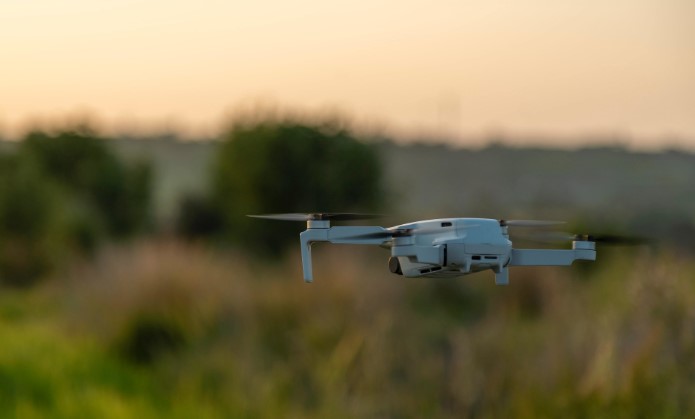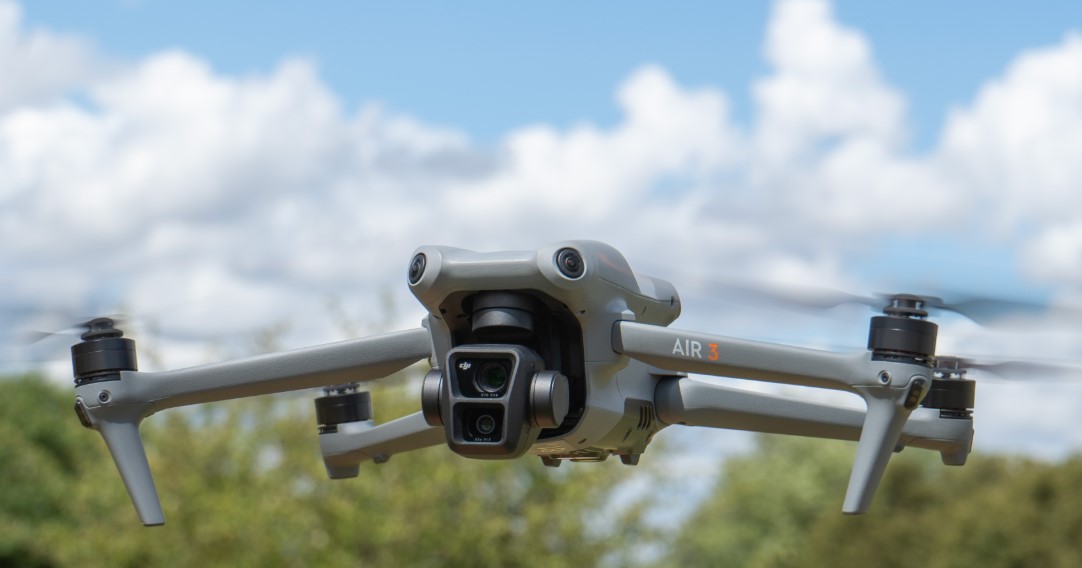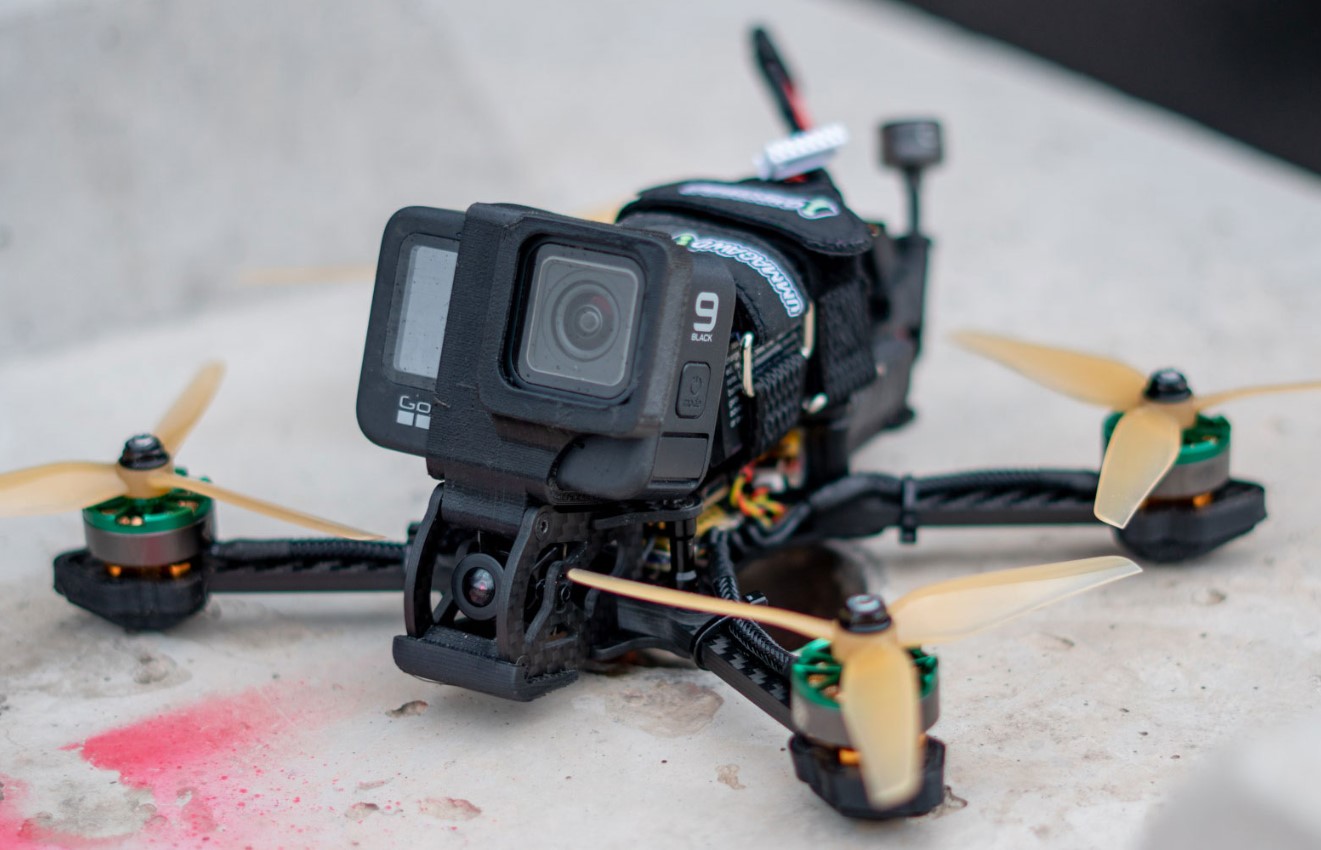How to Find Out Who is Flying a Drone Over My House? The widespread availability of drones has opened up new opportunities for photography, videography, delivery services, and even recreational activities. However, these flying devices can also raise serious privacy and security concerns. If you have ever noticed a drone hovering over your house, it is natural to wonder who might be operating it and why. In this detailed guide, we will explore practical steps you can take to identify the drone operator, protect your privacy, and navigate the legal aspects of drone activity near your property. Follow Dronevoz.com !!!
Understanding Drone Regulations
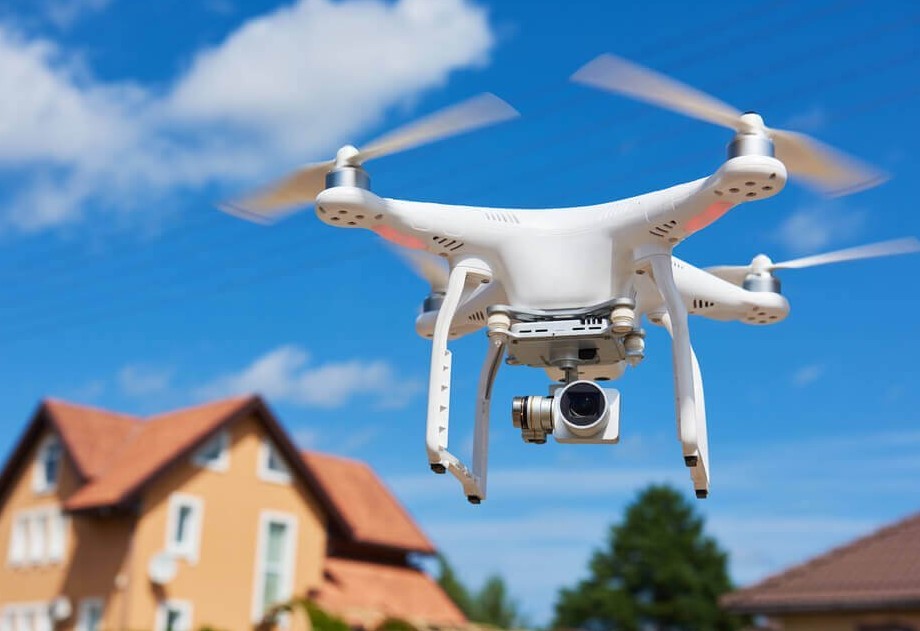
Before diving into how to identify a drone operator, it is important to understand the regulations governing drone use. In most countries, drones are subject to specific laws designed to balance their utility with public safety and privacy concerns. For example, in the United States, the Federal Aviation Administration (FAA) regulates drone operations. Key rules include:
- Drones must be registered with the FAA if they weigh more than 0.55 pounds (250 grams).
- Recreational drones cannot fly above 400 feet.
- Drones must stay within the operator’s line of sight.
- Flying drones over private property without permission may violate local trespassing or privacy laws.
Familiarizing yourself with local drone laws can provide clarity about whether a drone’s activity near your home is lawful or not.
Observing the Drone’s Behavior
When you spot a drone over your house, take note of its behavior. Understanding its flight patterns and purpose can help you determine whether it poses a potential threat or is merely passing by.
- Hovering: If the drone is stationary above your property, it may be recording video or taking pictures.
- Frequent Passes: A drone repeatedly flying over your house could indicate intentional surveillance.
- Delivery Routes: Drones used by companies like Amazon or FedEx are typically on programmed routes and will not linger.
Documenting the drone’s movements with a camera or smartphone can be useful if you need to report the incident to authorities later.
Using Technology to Identify the Drone
Several technological tools can help you gather more information about a drone and its operator:
- Drone Detection Apps: Applications like DroneWatcher and AirMap can detect nearby drones by intercepting their signals. These apps may provide information such as the drone’s make, model, and registration number.
- RF Scanners: Radio frequency scanners can identify the signals between a drone and its controller. This can help pinpoint the operator’s location.
- Surveillance Cameras: Installing outdoor security cameras with motion detection can capture footage of the drone, including any identifying marks or registration numbers.
Engaging with Your Community
Sometimes, the simplest way to identify a drone operator is to ask around. Drones are often flown by neighbors, hobbyists, or kids who may not realize they are intruding on your privacy. Here are steps to take:
- Talk to Neighbors: Politely ask if they own a drone or know someone nearby who does.
- Join Local Forums: Community groups on platforms like Facebook or Nextdoor can be valuable resources for finding drone enthusiasts in your area.
- Contact Local Drone Clubs: Many hobbyists belong to drone clubs or associations. These organizations often encourage responsible drone use and can help identify members who may be flying in your neighborhood
Reporting to Authorities
If you suspect the drone is being used for malicious purposes or violating your privacy, you should report it to the relevant authorities. Here’s how:
- Call Local Law Enforcement: Provide them with any evidence you have collected, such as video footage or photographs of the drone.
- Report to the FAA: The FAA’s DroneZone platform allows individuals to report unsafe or unlawful drone activity.
- Contact Privacy Advocacy Groups: Organizations like the Electronic Frontier Foundation (EFF) may offer guidance on how to address drone-related privacy concerns.
When reporting, ensure you provide detailed information about the drone’s appearance, behavior, and the time and location of its flight.
Legal Options for Protecting Your Privacy
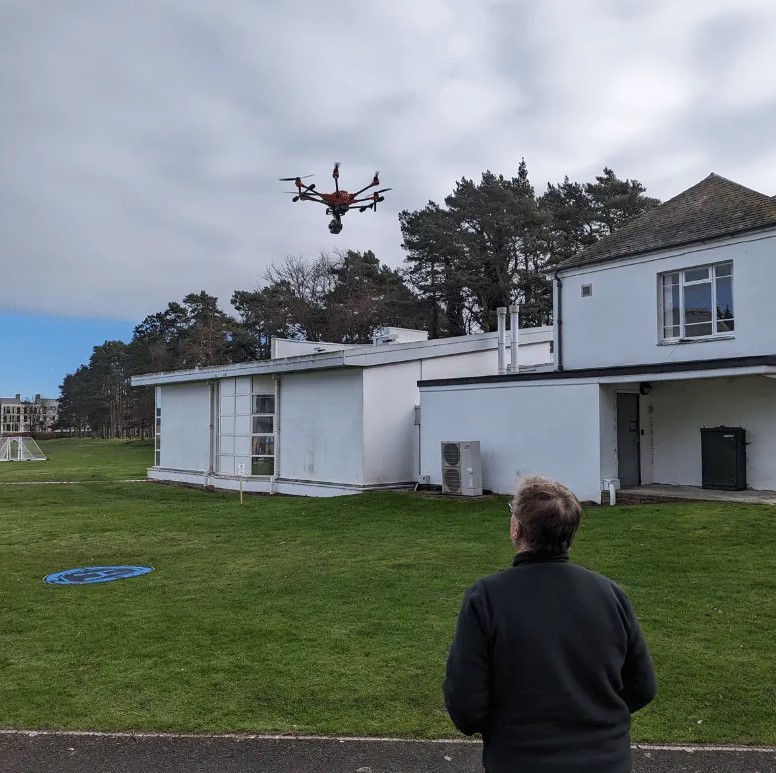
If a drone is persistently invading your privacy, you may have legal options. Consult with a lawyer to explore actions such as:
- Filing a Trespassing Complaint: In many jurisdictions, airspace above private property is considered part of the property owner’s domain.
- Seeking an Injunction: A court order can prevent the drone operator from flying near your property in the future.
- Suing for Invasion of Privacy: If the drone captured images or videos of you or your family, you might have grounds for a legal claim.
Installing Counter-Drone Measures
If drones are a recurring problem, you might consider installing counter-drone technology to protect your property. Some effective options include:
- Drone Jammers: These devices disrupt the signal between the drone and its controller, forcing it to land or return to its operator. Note that drone jammers are illegal in many jurisdictions, so check local laws before using one.
- Net Guns: Specialized devices can capture a drone mid-flight using a net. This is a non-lethal and legal way to disable unauthorized drones.
- Geofencing: Some advanced security systems can create a virtual perimeter around your home that alerts you to drone activity.
Educating Yourself and Others
Awareness is key to managing drone activity near your property. Here are some tips to educate yourself and your community:
- Learn About Drone Registration Databases: Some countries, including the U.S., require drones to be registered, and their information may be accessible to the public.
- Attend Drone Safety Workshops: These workshops are often organized by local governments or drone clubs and can provide insights into drone technology and regulations.
- Share Information: If you’ve successfully identified a drone operator, share your experience with neighbors to help them address similar concerns.
Remaining Calm and Rational
Drones can be frustrating, especially when they seem to invade your personal space. However, it’s important to approach the situation calmly. Avoid actions like shooting down a drone, which is illegal and could lead to severe consequences. Instead, focus on legal and constructive methods to address the issue.
Discovering a drone flying over your house can be unsettling, but there are effective ways to identify the operator and protect your privacy. By observing the drone’s behavior, using detection technology, engaging with your community, and reporting suspicious activity, you can address the issue responsibly. Understanding the legal framework and exploring counter-drone measures can provide additional peace of mind.
Ultimately, fostering a sense of community awareness and cooperation is the best way to manage drone activity. As drone technology continues to evolve, staying informed and proactive will help you safeguard your privacy and enjoy the benefits of this innovative technology without unnecessary disruptions.
